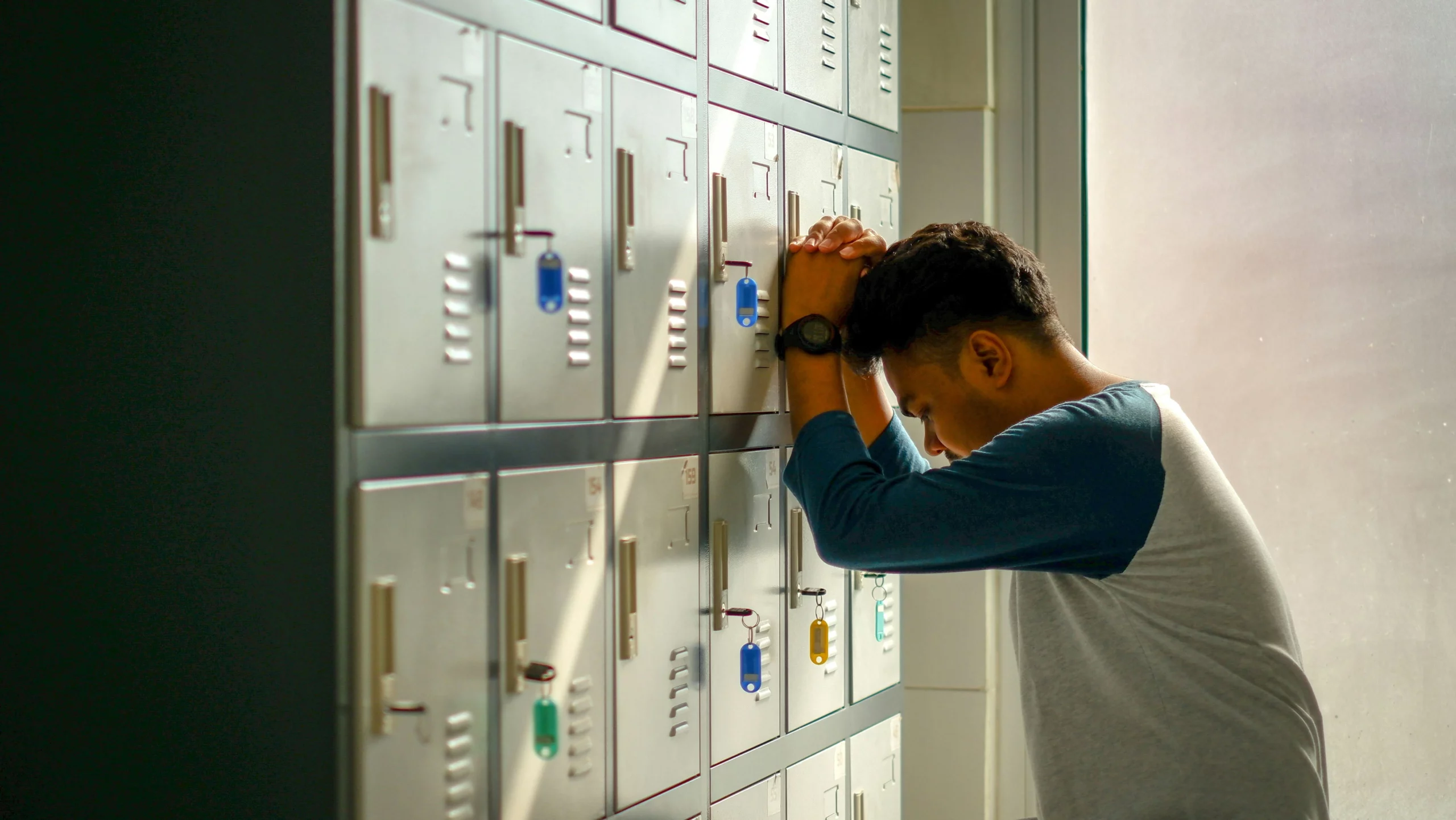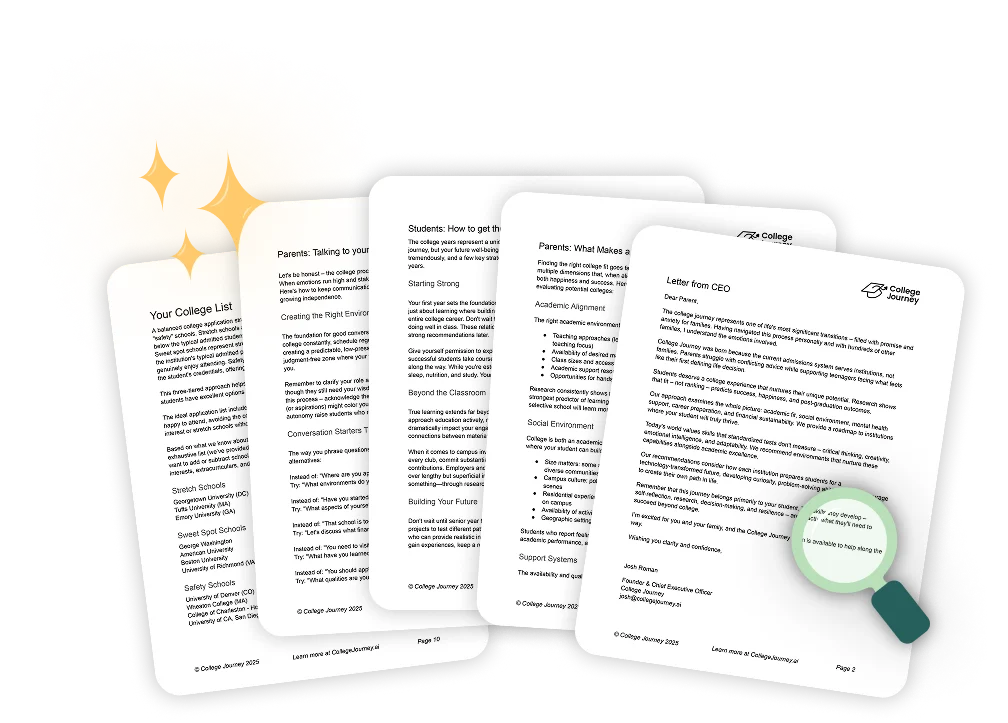Withdrawing from college can feel like hitting a major pause button on your life goals, but it’s more common than you think—and it’s absolutely something you can recover from. Whether it was due to mental health, financial strain, or a simple mismatch between you and the program, bouncing back is possible with the right plan.
This guide will walk you through how to recover from a college withdrawal, what steps to take next, and how to find your way forward with confidence.
Key Takeaways
- Withdrawing from college doesn’t mean failure; it’s a chance to regroup and reassess.
- Understanding the reasons behind your withdrawal is crucial for planning your return or next steps.
- Financial aid, health insurance, and housing need immediate attention post-withdrawal.
- There are multiple pathways back to college or toward alternative education and career opportunities.
- Open communication with advisors and potential employers helps you manage the long-term impact.
Understanding the Impact of Withdrawing From College
Withdrawing from college can have significant implications for a student’s academic trajectory, financial obligations, and emotional well-being.
Academically, a withdrawal may result in a “W” on the transcript, which typically does not affect the GPA but can raise questions during future academic or professional evaluations.
Financially, students might face the loss of scholarships or financial aid and could be required to begin repaying federal student loans sooner than anticipated.
Emotionally, the decision to withdraw can lead to feelings of uncertainty or disappointment, but it’s important to recognize that this step can also provide an opportunity for personal growth and reassessment of one’s goals.
It’s noteworthy that course withdrawals are not uncommon and can be part of a strategic approach to academic success. For instance, a study found that a withdrawal rate of up to 3.8% was associated with an increased probability of completing a community college credential.
This suggests that, when managed thoughtfully, withdrawing from a course or program can be a proactive step toward achieving long-term educational objectives.
Temporary vs. Permanent College Withdrawals
| Feature | Temporary Withdrawal | Permanent Withdrawal |
| Intent to Return | Yes – return is planned within a defined period | No – no immediate plan to return |
| Process | Typically requires approval or formal request | Requires official withdrawal process |
| Reapplication Needed | Usually not required if returning within deadline | Required to reapply or re-enroll |
| Impact on Transcript | Generally minimal (noted as “leave”) | May include “W” grades depending on timing |
| Financial Aid | May be paused but preserved | May need to repay and reapply later |
| Health Insurance & Housing | Often retained or reinstated upon return | Usually lost – must arrange alternatives |
| Access to Campus Services | May retain partial access | Usually revoked after processing withdrawal |
Knowing which type applies to you is essential for planning your return.
Why Do College Withdrawals Happen?
Overwhelmed by college research?
Let us help save time and find the perfect schools for your family.
College withdrawals happen for a range of reasons, often driven by a mix of personal, academic, and financial challenges. Understanding the “why” behind your decision is key to planning your next move.
Some common reasons include:
Mental health challenges
Depression, anxiety, and burnout can interfere with academic performance and daily functioning. Many students take time off to focus on their emotional well-being.
Many students take time off to focus on their emotional well-being. In fact, 30% of college students reported that anxiety negatively impacted their academic performance, and 76.4% experienced moderate to high levels of stress.
Financial strain
70% of college students reported feeling stressed about their finances. Tuition, housing, books, and daily expenses can add up quickly. Students who lose scholarships, face unexpected costs, or need to work full-time may choose to withdraw.
Academic difficulties
Some students find their courses overwhelming or realize their chosen major isn’t the right fit. Academic stress has now become a major reason for college withdrawals. In fact, approximately 80% of college students change their major at least once.
Personal or family emergencies
Situations like illness, caregiving responsibilities, or a family crisis can make it difficult to continue school. Whether it’s a sudden medical condition, a mental health challenge, or needing to support a parent or sibling, these emergencies often require students to take time away from their studies.
Steps to Take After a College Withdrawal
Withdrawing from college can be overwhelming, but taking the right steps afterward can help you stay organized and prepared for what comes next. Here’s what to do once you’ve made your decision:
Notify Key Stakeholders
Inform your academic advisor, registrar’s office, and financial aid department as soon as possible. Also, contact your loan servicer to understand how your withdrawal affects repayment timelines. If you have campus employment or internships, let them know about your status change.
Secure Health Insurance
Many students rely on college-provided health plans. After withdrawing, check if you’re covered under a parent’s plan or explore options through the Health Insurance Marketplace or Medicaid, depending on your income level.
Arrange Housing and Finances
If you lived on campus, you’ll need to move out by the school’s designated deadline. Consider where you’ll live and whether you need to find part-time or full-time work to support yourself during your time away from school.
Request and Save Official Documentation
Keep copies of withdrawal confirmations, transcripts, and any financial aid communications. These documents can be essential not just for re-enrollment or transfers, but also for managing financial responsibilities like loan repayments.
How to Plan Your Return to College After Withdrawing
Here’s how you can plan your return to college after withdrawing from college:
Review Re-Enrollment or Readmission Requirements
Contact your previous college’s registrar or admissions office. Some schools allow students on a leave of absence to return by filling out a simple reactivation form. Others may require a full readmission application, including:
- Leave of absence students may just need to complete a form.
- Full withdrawals often require a readmission application and may include updated transcript, explanation of your time away, proof of improved circumstances (e.g., mental health documentation).
Transfer to a New College or Program
If your previous school wasn’t the right fit, research other institutions that align better with your academic and personal needs. You can:
- Research colleges that better match your goals.
- Ensure your credits will transfer.
- Reach out to transfer advisors early.
This path can offer a renewed sense of purpose and motivation.
Managing Student Loans and Financial Aid After Withdrawal
After withdrawing from college, one of the most important things to address is your student loan and financial aid status. Taking early action can help you avoid unexpected debt or lost funding.
Know Your Loan Repayment Timeline
If you took out federal student loans, your 6-month grace period likely begins once you withdraw. After that, loan repayment starts unless you qualify for deferment or forbearance. Contact your loan servicer right away to:
- Confirm your repayment start date
- Explore income-driven repayment options
- Apply for deferment if you’re unemployed or returning to school soon
Understand the Impact on Financial Aid
Withdrawing mid-semester may require you to repay part of your financial aid, especially if you didn’t complete at least 60% of the term.
Review your school’s Return to Title IV policy and ask about:
- Any immediate repayment obligations
- How your withdrawal affects future aid eligibility
Reapply for Aid When You Return
When you’re ready to go back to college, submit a new FAFSA form for the academic year you plan to return. Make sure you’re meeting Satisfactory Academic Progress (SAP) requirements or be ready to file an appeal if needed.
Managing loans and aid after withdrawal doesn’t have to be stressful—as long as you stay proactive and lean on strong financial planning to guide your next steps.
Exploring Alternatives to College After Withdrawing
Leaving college doesn’t mean putting your future on hold—it just opens the door to new opportunities. There are many flexible, affordable, and career-focused paths you can take outside of traditional four-year programs.
Community Colleges & Online Learning
Community colleges offer lower-cost degrees, transferable credits, and career training. Online platforms like Coursera or Google Career Certificates allow you to build skills at your own pace.
Trade Schools & Vocational Training
Interested in hands-on work? Trade schools offer focused training in fields like healthcare, automotive, or IT, often with quicker job placement and lower tuition.
Work Experience & Certifications
Gaining real-world experience or earning industry certifications (e.g., in project management, design, or tech) can boost your resume. A well-planned gap year through internships, volunteering, or travel can also offer clarity and direction.
These alternatives can help you gain skills, explore interests, and find a path that fits your goals, even without a traditional college degree.
Final Thoughts: Moving Forward After Withdrawing From College
Withdrawing from college isn’t the end of your academic or professional story—it’s a chapter. Whether you’re planning to return to school, change directions, or gain real-world experience, you have options and support. The most important step? Don’t stay stuck. Reflect, regroup, and re-engage with your goals—on your own terms.
Ready to take the stress out of college planning? Join College Journey today for expert guidance tailored to your goals, all without the high costs of traditional consulting. Start your journey toward the perfect college fit – sign up now!
About College Journey
College Journey is your personal college counseling assistant, designed to make the complex college application process simple and stress-free. Powered by Alice, your dedicated AI college counselor, College Journey provides step-by-step guidance, so you never miss a deadline or detail. Whether you’re searching for the perfect school, navigating financial aid, or exploring career paths, Alice has the answers.
With personalized recommendations, school comparisons, and tools to track your progress, College Journey ensures you’re supported at every stage of your college journey. Best of all, it’s free to sign up!
FAQs
Can I go back to the same college after withdrawing?
Yes, many schools allow re-enrollment or readmission, especially if your withdrawal was officially processed. Requirements vary, so check with your school’s registrar or admissions office.
Will a withdrawal affect my transcript or future applications?
A “W” on your transcript won’t hurt your GPA but may prompt questions. Be honest and focus on how you’ve grown from the experience when addressing it in future applications.
How do I explain a college withdrawal in job interviews?
Be brief and honest. Say something like: “I withdrew due to personal challenges, but I used the time to [work, upskill, manage my health] and now feel more prepared and focused.”




